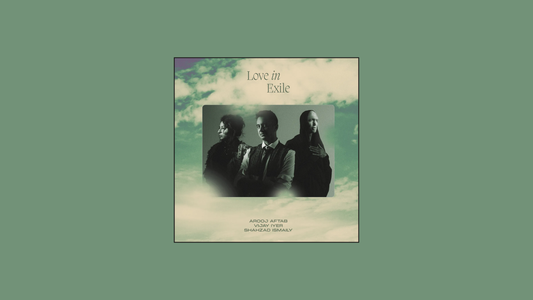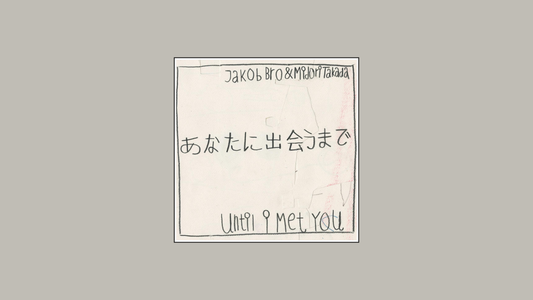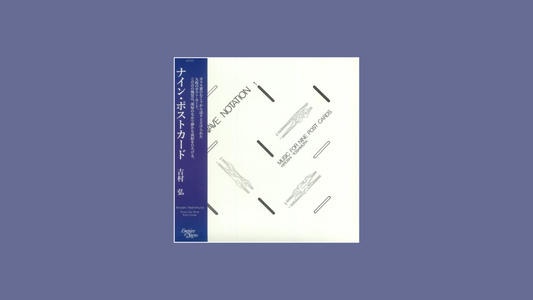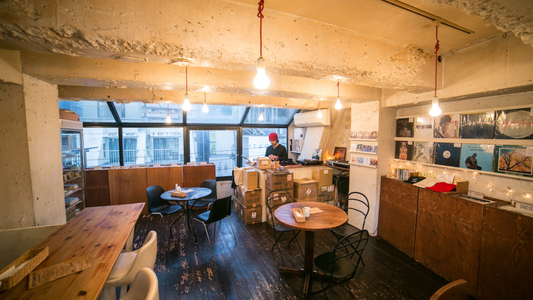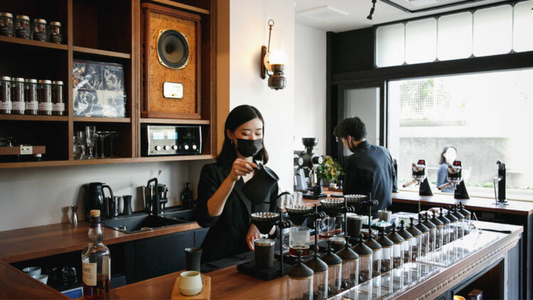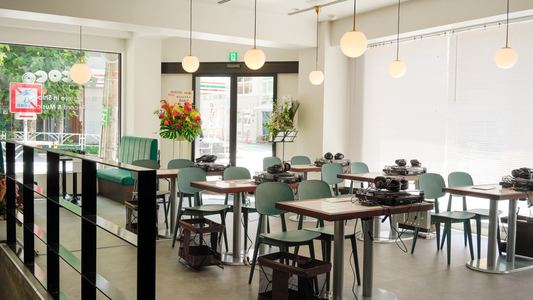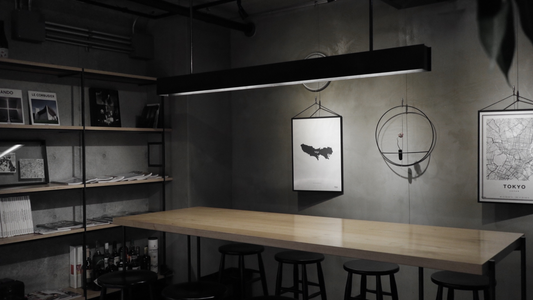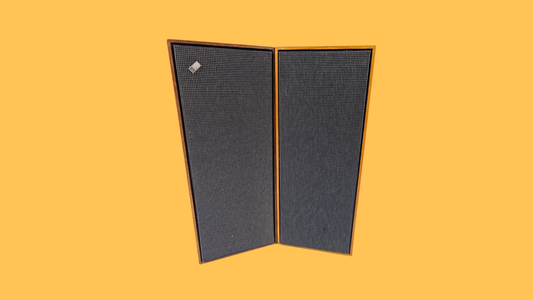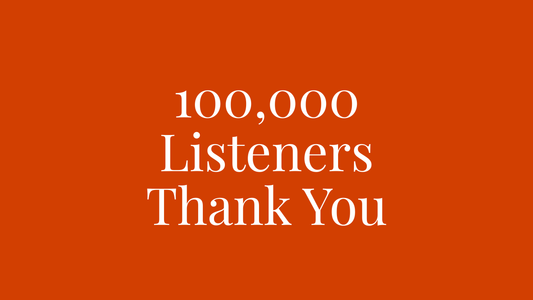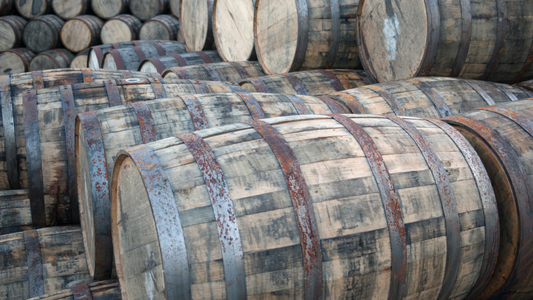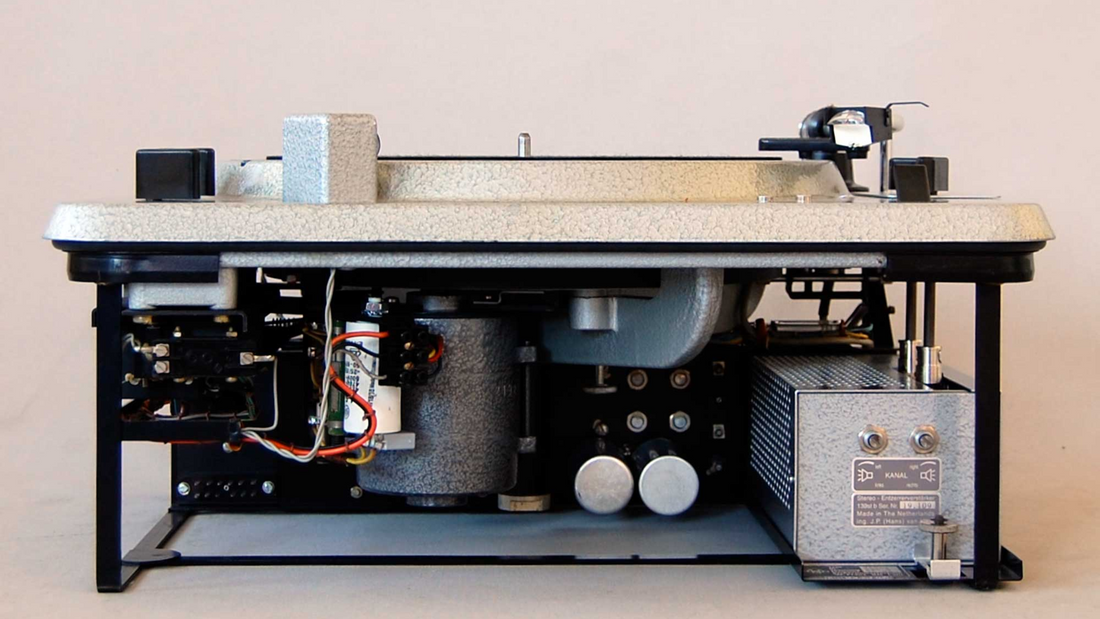
EMT — Broadcast Grey, German Authority
By Rafi Mercer
Some machines carry glamour. Others carry discipline. EMT turntables and cartridges belong firmly in the latter camp — grey, industrial, and unsentimental. Born in post-war Germany, they were never intended for living rooms or private pleasure. They were tools of state broadcasters, engineered to run all day, every day, with a precision that left nothing to chance. And yet, in listening bars, where authority and presence are as important as warmth, EMT has become a symbol of control — German certainty translated into sound.
The story begins in 1940, when Wilhelm Franz founded Elektromesstechnik in Berlin. By the late 1950s, EMT had become the backbone of European broadcast studios, with decks like the 927 and later the 930 taking pride of place in control rooms. These were no-nonsense transcription turntables: huge platters, direct drive long before it became fashionable, torque to lock speed instantly, and chassis so solid they could shrug off decades of service. To cue a record on an EMT was to trust that it would hold pitch like a metronome, no matter the hour or the programme.
Then came the cartridges. The TSD 15, introduced in the late 1960s, embodied the same ethic: moving-coil, built into an integrated headshell, rugged enough for broadcast arms, yet refined enough to capture tone with fidelity. In an era when many cartridges were delicate, the EMT struck a balance of durability and musicality. It didn’t aim for the sweetness of an Ortofon SPU or the intimacy of a Denon 103; it aimed for truth. Flat, steady, uncoloured — a broadcaster’s dream.
That character is what makes EMT such a fascinating presence in listening bars today. Where a Garrard insists, a Thorens caresses, and a Technics propels, an EMT declares. It fills the room with an almost institutional authority. I remember a night in a Berlin café where an EMT 930 spun an original pressing of A Love Supreme. The saxophone didn’t seduce; it commanded. Listeners leaned forward, conversations slowed, as if Coltrane himself had stepped to the centre of the room. That is the EMT effect: it makes the record feel definitive.
The aesthetic tells the same story. EMTs are not pretty. Their broadcast-grey finish, oversized platters, and functional buttons look more like lab equipment than luxury. But in the dim light of a bar, that austerity becomes a kind of presence — as if the machine itself is reminding you that listening is serious, not casual. There is an honesty in that.
Even now, decades after their heyday, EMTs remain in use. Restored units circulate through specialist dealers; bars in Europe and Japan keep them alive, often paired with horn speakers that can handle their force. The brand has revived too, offering modern cartridges that carry the same DNA. But the legend rests in those vintage decks and TSD carts, still humming with authority after half a century.
In a listening culture where so much leans on romance — the ritual of vinyl, the glow of valves, the nostalgia of old labels — EMT stands apart. It doesn’t trade in romance. It trades in certainty. And sometimes, in a bar built for focus, certainty is the most powerful mood of all.
Rafi Mercer writes about the spaces where music matters. For more stories from Tracks & Tales, subscribe, or click here to read more.
